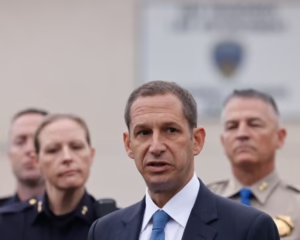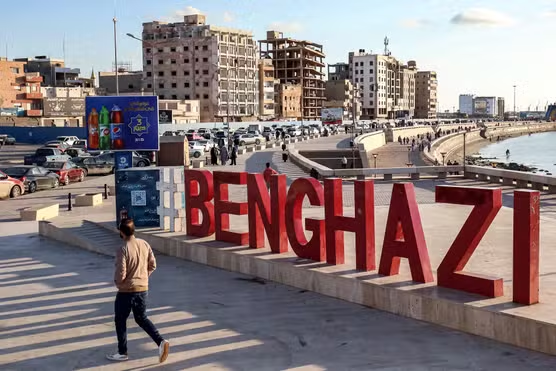Benghazi is Libya’s second-largest city and an important economic and cultural center located in the northeastern part of the country along the Mediterranean coast. Known as the main port and hub of eastern Libya, Benghazi has a long and rich history that dates back to ancient times. It stands in the historic region of Cyrenaica and has been a key player in the country’s past and recent events.
The city’s origins trace back to the time of the ancient Greeks and Romans. Near the modern city was the Greek colony of Euesperides, reflecting the long-standing human presence in the area. Over centuries, Benghazi has been ruled by different empires including the Romans, Byzantines, Ottomans, and Italians. Italian colonization in the early 20th century transformed Benghazi into a significant urban center. This mix of influences has shaped Benghazi’s unique cultural and architectural character.
Economically, Benghazi is vital to Libya. It hosts a major port that handles much of the trade for the eastern region of the country. The city’s economy is diverse, with industries ranging from oil refining and manufacturing to shipping and commerce. As a trading hub, Benghazi connects Libya with Mediterranean and global markets. Its port facilities contribute significantly to the country’s economy by supporting exports and imports.
Benghazi’s role in Libya’s recent history is especially important. It became the focal point of the 2011 revolution against Muammar Gaddafi’s long rule. The city’s residents were among the first to rise up, making Benghazi the cradle of the uprising. During the civil war, it served as the de facto capital for the anti-Gaddafi forces and symbolized resistance to the regime. This pivotal role came with a cost, as the city endured intense fighting and suffered damage in the conflict.
Following the fall of Gaddafi, Benghazi remained politically and strategically significant. However, the city has faced many challenges since then. Various armed groups and militias have contested control, leading to ongoing instability and security problems. Benghazi became a battleground in Libya’s continuing civil conflicts, with different factions vying for power. This insecurity has affected daily life and slowed efforts at rebuilding.
Despite these difficulties, Benghazi continues to be a center of education and culture. It is home to the University of Benghazi, one of the country’s largest and most important institutions of higher learning. The city hosts cultural events and has several museums and theaters that reflect its rich heritage. These institutions contribute to the city’s identity and provide opportunities for its residents.
Years of conflict have left Benghazi’s infrastructure damaged and its communities facing social hardships. Reconstruction efforts are ongoing as Libya seeks to restore security and rebuild its cities. The city’s future depends on political stability and economic recovery, which remain fragile. Still, Benghazi’s resilience and historical importance give hope for its role in Libya’s rebuilding process.
Benghazi’s story is one of ancient heritage, economic significance, and modern struggle. It remains a symbol of both Libya’s rich past and the ongoing challenges the country faces today. The city’s people continue to live with the legacy of conflict while working toward a more stable and prosperous future.







